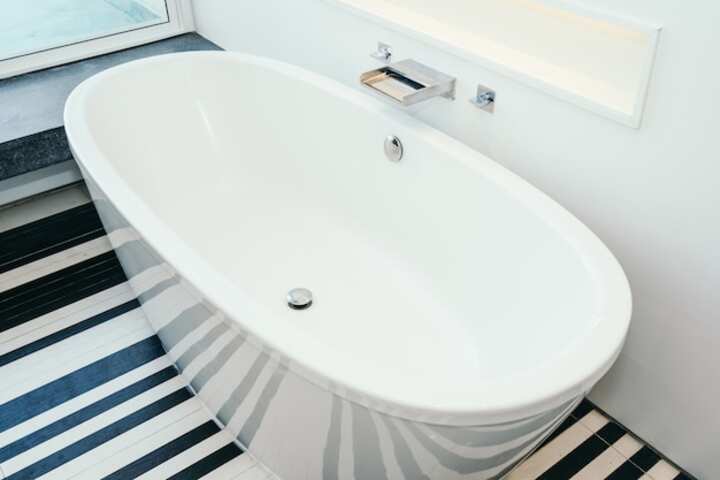
Upgrade Your Bathroom New Toilet Installation
Enhancing the functionality and aesthetic of your bathroom can be achieved through various upgrades, with a new toilet installation standing out as a significant one. Whether you're aiming for a more modern look, improved efficiency, or simply replacing an old unit, installing a new toilet can breathe fresh life into your bathroom space. This article delves into the essential aspects of new toilet installations, providing insights into preparation, selection, and installation processes.
Why Consider a New Toilet Installation?
Upgrading your toilet can offer several benefits, including:
- Improved Efficiency: Newer models often use less water per flush, contributing to water conservation and reducing utility bills.
- Enhanced Aesthetics: Modern designs can complement your bathroom decor, providing a sleek and updated look.
- Better Performance: New toilets can offer better flushing capabilities, reducing the risk of clogs and ensuring a cleaner bathroom environment.
Choosing the Right Toilet
Considerations for Selection
When selecting a new toilet, several factors should be considered to ensure it meets your needs:
- Size and Fit: Measure the space in your bathroom to ensure the new toilet will fit comfortably.
- Type of Toilet: Decide between one-piece or two-piece models, as well as wall-mounted or floor-mounted options.
- Flushing System: Consider whether a gravity-feed or a pressure-assist flushing system better suits your needs.
- Height and Bowl Shape: Choose between standard height or comfort height, and round or elongated bowls.
Explore further insights here.
Preparing for Installation
Before the installation process begins, preparation is key to ensuring a smooth and efficient update:
- Gather Necessary Tools: Assemble all required tools, including a wrench, screwdriver, level, and sealant.
- Read Installation Instructions: Familiarize yourself with the manufacturer’s instructions to avoid any installation mishaps.
- Check Plumbing: Inspect the existing plumbing to ensure it is in good condition and can support the new toilet.
Learn more in this detailed guide here.
Installation Process
Step-by-Step Guide
Installing a new toilet involves several steps:
- Remove the Old Toilet: Turn off the water supply, flush the toilet to empty the tank, and remove the old unit carefully.
- Prepare the Floor: Clean the area where the new toilet will be placed to ensure a proper seal.
- Install the Wax Ring: Place a new wax ring on the flange to prevent leaks.
- Set the New Toilet: Carefully position the new toilet over the wax ring, ensuring it is aligned properly with the flange bolts.
- Secure the Toilet: Tighten the nuts onto the flange bolts to secure the toilet, being careful not to overtighten.
- Reconnect the Water Supply: Attach the water supply line to the fill valve and turn on the water supply.
- Check for Leaks: Flush the toilet several times to ensure there are no leaks around the base or the water supply connection.
Read more about this topic here.
Post-Installation Tips
After installing your new toilet, consider the following to maintain its functionality:
- Regular Maintenance: Perform regular inspections and maintenance to ensure all parts are functioning correctly.
- Check for Leaks: Periodically check for any signs of leaks around the base and water supply line.
- Clean Regularly: Maintain cleanliness to avoid buildup of odors and bacteria.
Find additional information here.
By following these guidelines, upgrading your bathroom with a new toilet installation can be a straightforward and rewarding project. Whether for aesthetic purposes, improved efficiency, or both, a new toilet can significantly enhance your bathroom's overall function and appeal.